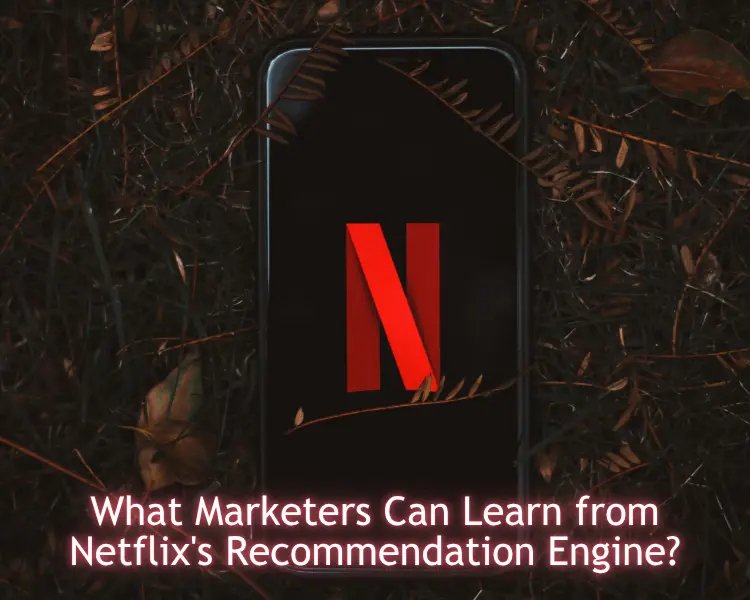
What Marketers Can Learn from Netflix’s Recommendation Engine
Introduction: Why Marketers Are Obsessed with Netflix
Ever notice how Netflix shows you different content than your friends see? This smart design comes from Netflix’s recommendation engine. It has changed how we all expect digital experiences to work.
Behind your Netflix homepage is a system that predicts what keeps you watching. This smart setup uses user interaction data to create a unique screen for each viewer.
“If one member in this tiny island expresses an interest for anime, then we’re able to map that person to the global anime community,” explains Carlos Gomez-Uribe, former VP of product innovation at Netflix. This shows how Netflix connects viewers to content they love.
For marketers trying to win the online attention battle, Netflix shows how data can boost how a customer engages and build lasting customer loyalty.
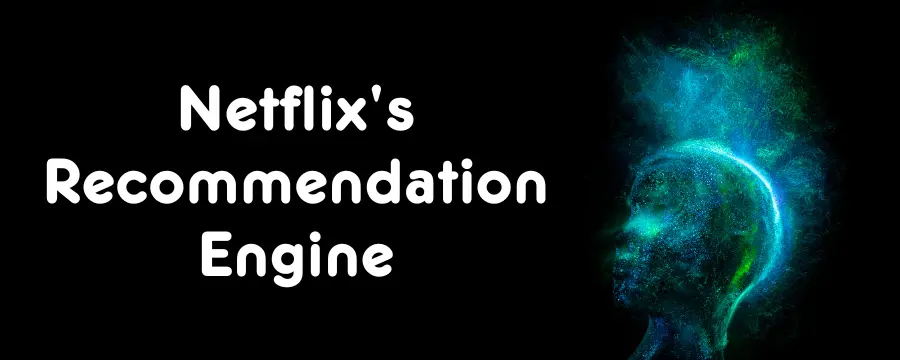
How Netflix’s Recommendation Engine Works
Netflix personalizes each user’s screen—”there are 33 million different versions of Netflix,” as Joris Evers once said—by tailoring content rows to how you watch.
Netflix’s recommendation engine uses two main methods:
- Content-based filtering: Finding shows with features you like
- Collaborative filtering: Suggesting what similar viewers enjoyed
The system watches what you watch, when you watch, and how you respond to shows. It uses this data to show you relevant content that matches your taste.
The platform learns from your actions, like ratings, pauses, or when you stop watching. This helps Netflix better understand your user preferences and improve future suggestions.
The 3 Core Components of the Netflix Engine
What makes Netflix’s recommendation engine work so well is how three key parts team up to create better picks for you.
Todd Yellin, Netflix’s vice president of product innovation, put it simply: “The three legs of this stool would be Netflix members; taggers who understand everything about the content; and our machine learning algorithms that take all of the data and put things together.”
- First, human experts tag shows with detailed labels. This content curation helps organize shows by very specific traits, not just broad genres.
- Second, machine learning algorithms spot viewing patterns across millions of accounts that humans would miss.
- Third, feedback from users—both ratings and watching habits—keeps improving the system. This creates what experts call a mix of human smarts and computer power.
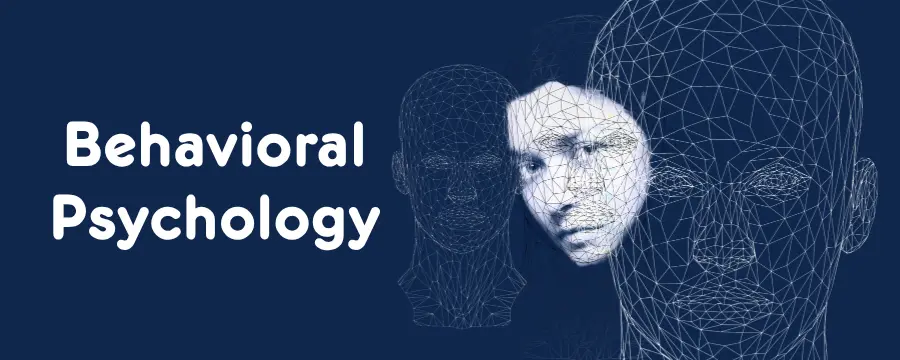
Behavioral Psychology: The Hidden Driver Behind Netflix’s Personalization
Netflix’s recommendation engine uses clever psychology to keep you watching more shows.
- Variable Reward Loops: These brain mechanisms trigger engagement by offering unpredictable rewards—Netflix uses these to fuel binge-watching. When you don’t know if the next show will be great, your brain gets excited to find out.
- Decision Fatigue: Netflix cuts down choice overload. Instead of showing their whole library (which would be too much), they show you a small set of picks based on what you like. This makes choosing what to watch feel easy.
- Emotional Connection: Each suggestion aims to create a feeling between you and the content. This makes Netflix feel like it “gets you,” which builds loyalty over time.
In short, psychology makes personalization stick.
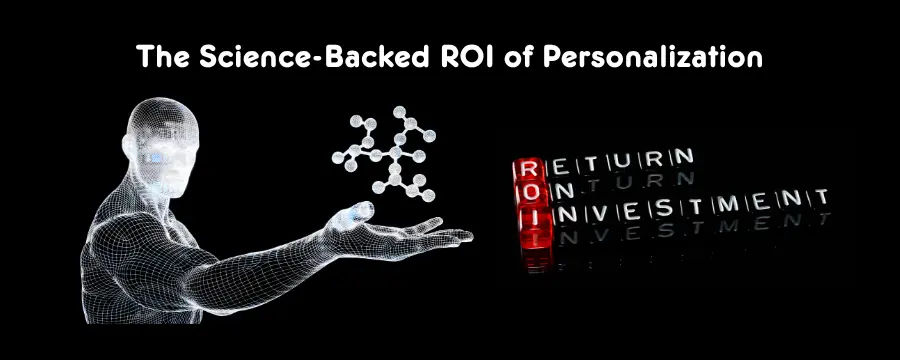
The Science-Backed ROI of Personalization
Research proves that recommendation systems deliver real business results. A recent study found clear links between personalization and higher sales and loyalty.
Netflix’s recommendation engine shows these benefits:
- Higher viewing rates (75-80% of watched content comes from recommendations)
- Lower customer loss through increased value
- Stronger brand bonds through user-focused design
According to Social Exchange Theory, users willingly exchange personal data for personalized content because relevance saves time and increases satisfaction. This trade becomes more valuable as content choices grow, making personalization a key edge.
The bottom line: Personalization drives both performance and perception.
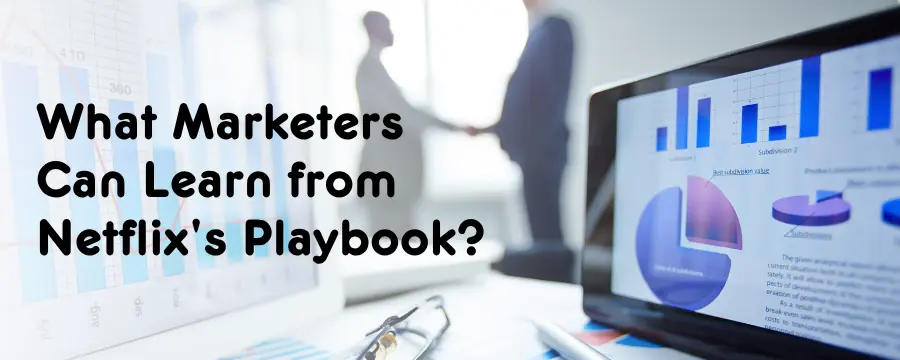
What Marketers Can Learn from Netflix’s Playbook
Strategic marketers can apply Netflix-style personalization by following these steps:
- Begin by collecting reliable user behavior data: Consider insights into how people interact with your brand. This forms the base of any good personalization strategy.
- Create dynamic groups: Move beyond basic demographics to group people based on how they actually use your products or services.
- Build a content taxonomy: Create a system for tagging and sorting your content so it’s ready for recommendation tools.
- Test and improve: Copy Netflix’s approach of constant testing, where every user action helps make future suggestions better.
The biggest lesson? Personalization should boost your core value, not replace it. Netflix wins because they have great content that’s delivered in a personal way.
In short, personalization isn’t a plug-in—it’s a strategic muscle.
Case Studies: Brands That Use Netflix-Like Strategies
Several smart companies now use Netflix’s recommendation engine tactics:
- Spotify creates personal playlists through similar filtering, driving 30% of listening through its discovery features. They use what you like and listen to to suggest new music you’ll enjoy.
- Amazon’s product recommendation displays use your browsing history, purchases, and similar shopper behaviors to create effective suggestions that boost sales.
- Beauty brand Sephora tracks which products you view and buy, then suggests personal beauty routines based on your skin concerns and past purchases.
These brands show how understanding users and items can transform experiences across many industries, from shopping to banking.
Ethics & Pitfalls: Filter Bubbles, Cold Starts & Transparency
Even Netflix’s recommendation engine faces challenges marketers should know about. The “filter bubble” problem means users might only see content that matches what they already like, limiting new finds.
The “cold start” problem is another hurdle: how do you suggest things to new users with no history? Netflix solves this with smart signup questions and starter content.
A research paper highlights concerns about bias in algorithms and the need for clear explanations of how suggestions work.
Responsible personalization efforts need to balance accuracy with variety and give users clear control over their data. Why it matters: Ethical data use builds trust, and trust is a long-term differentiator in competitive markets.
With ethics in mind, the next challenge becomes execution. That’s where modern martech stacks come in.
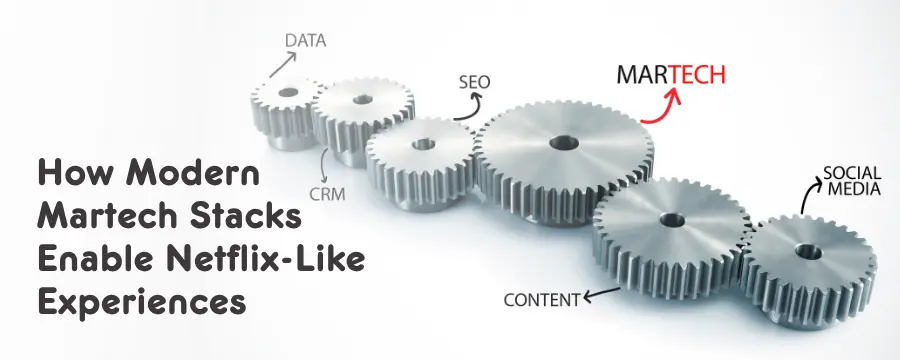
How Modern Martech Stacks Enable Netflix-Like Experiences
Today’s marketing tech makes Netflix’s recommendation engine abilities available to companies of all sizes. Customer Data Platforms and content tools enable smart personalization without huge tech teams.
Key parts of a personalization tech stack include:
- Identity resolution that links anonymous website visits with known email behavior across devices
- Systems that track meaningful interactions for behavioral orchestration
- Dynamic content modules that adapt based on user groups
- Testing tools to measure how well personalization works
These platforms allow marketers to implement real-time personalization supported by web analytics that track every key touchpoint in the journey that once required a massive technical investment.
At scale, structure matters as much as strategy.
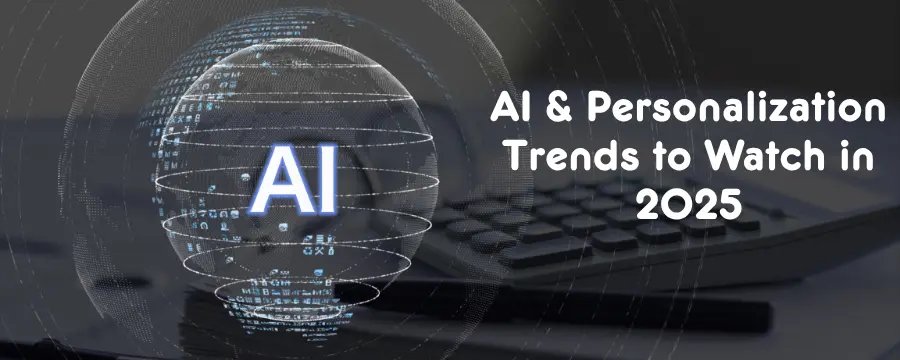
What’s Next: AI & Personalization Trends to Watch in 2025
The future of Netflix’s recommendation engine and similar systems lies in smarter AI models. New learning systems enable deeper understanding of content and behavior patterns.
According to recent research, we’re seeing growth in sentiment analysis capabilities. For instance, sentiment models can detect frustration from abandoned cart patterns, triggering helpful support. Journey orchestration systems can also tailor visual content based on a user’s path through your site.
Zero-party data refers to preference information users intentionally share, like quiz answers or profile settings, to help marketers personalize content ethically.
These emerging technologies demand more than tech adoption—they call for leadership transformation.
What CMOs and Strategists Should Learn from Netflix
For marketing leaders, Netflix’s recommendation engine offers a blueprint for organizational change. We’ve all seen how personalization transforms industries—here’s what CMOs should focus on:
- Building a data-first culture where decisions come from insights, not just gut feelings
- Creating testing frameworks that allow continuous improvement
- Developing measurement systems that track business impact
- Explainability—making recommendations clear to users—should be baked into your personalization playbook.
The most successful marketers don’t just adopt the technology—they reshape their processes around delivering relevant experiences.
Want to Build a Netflix-Like Marketing Engine? Start Here
Ready to apply Netflix’s recommendation engine ideas to your marketing campaign? Begin with these practical steps:
- Review your current data collection to find gaps in behavior insights
- Organize your types of data to enable meaningful recommendations
- Start with small but meaningful personalization tests, like homepage recommendations
- Create ethical guidelines for using a wide range of customer data
- Build systems to measure how personalization affects your business results
In short, personalization starts with your data, grows with experimentation, and scales with consistency.
Scalable personalization begins with small, intentional experiments grounded in user insight. Netflix didn’t become a personalization leader overnight. They started by understanding viewer behavior, testing ideas, and focusing on engagement.
At Sage Titans, we help brands do exactly that—combining behavior insights with data-driven strategy to build effective digital marketing systems.
Ready to think like Netflix? Explore our latest personalization frameworks or book a strategy session with our team.